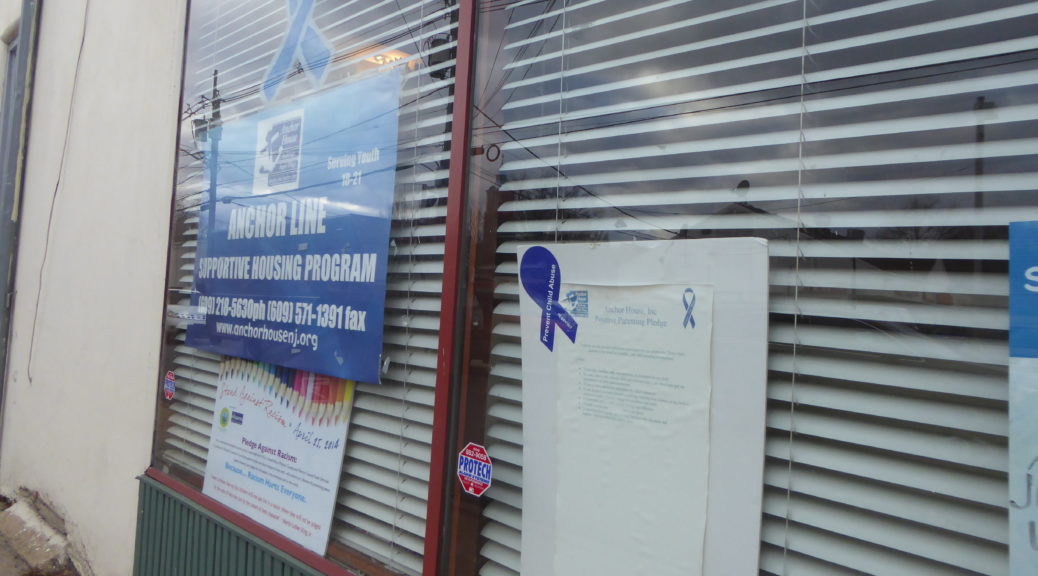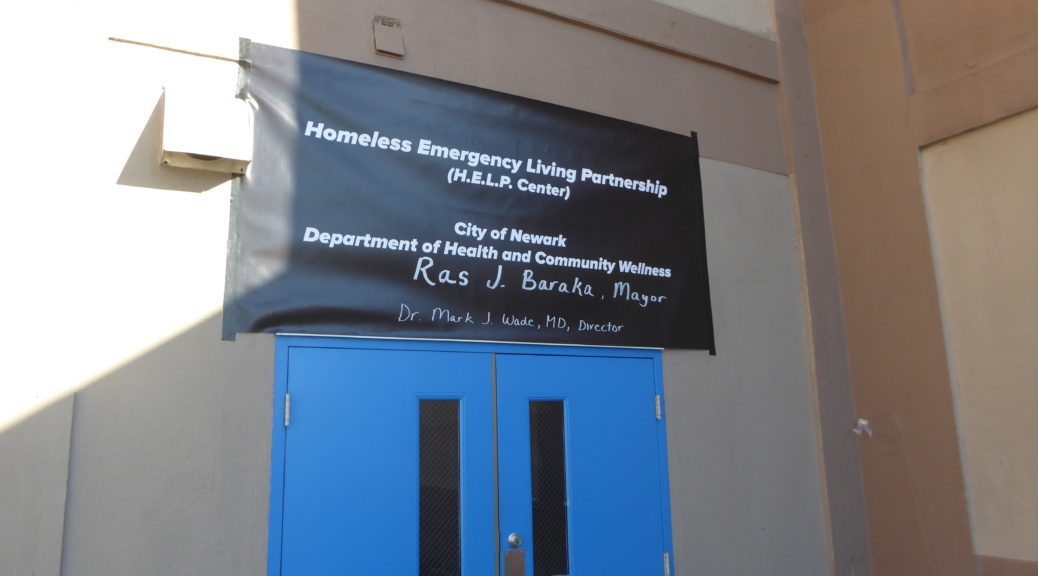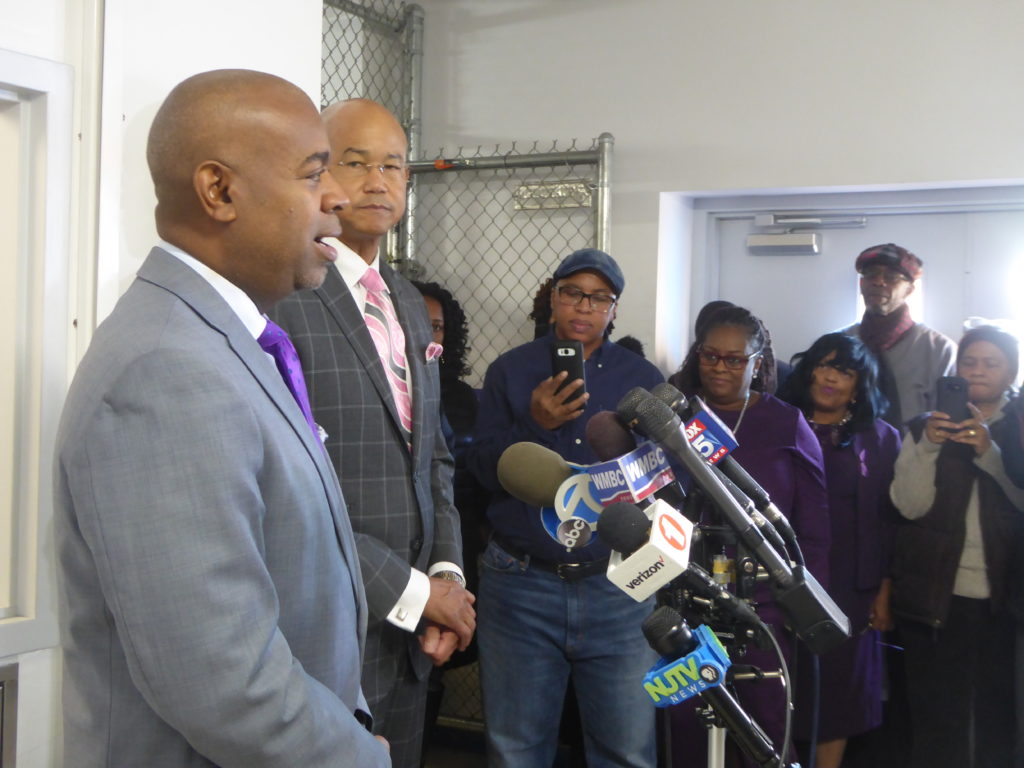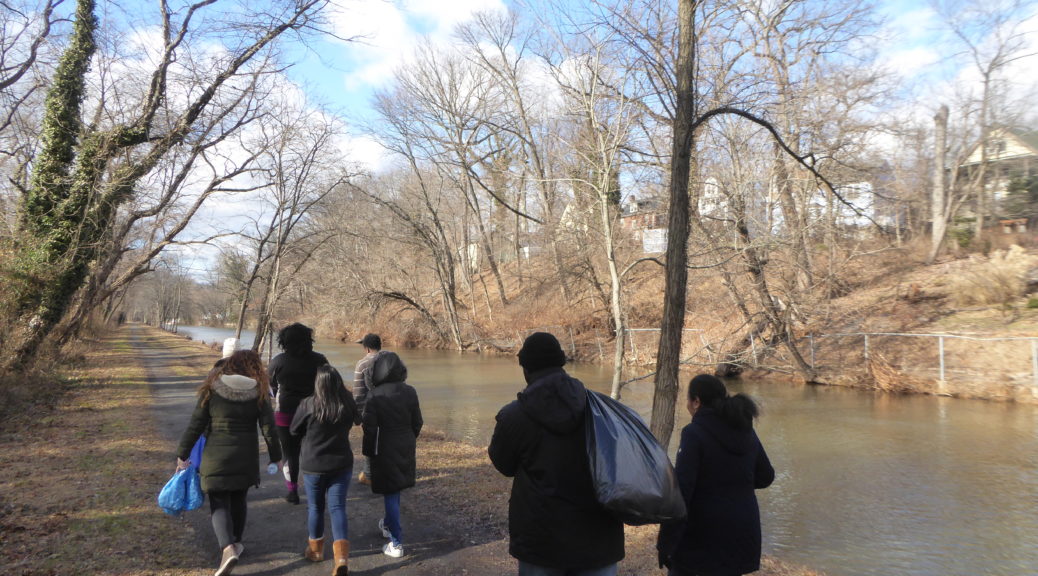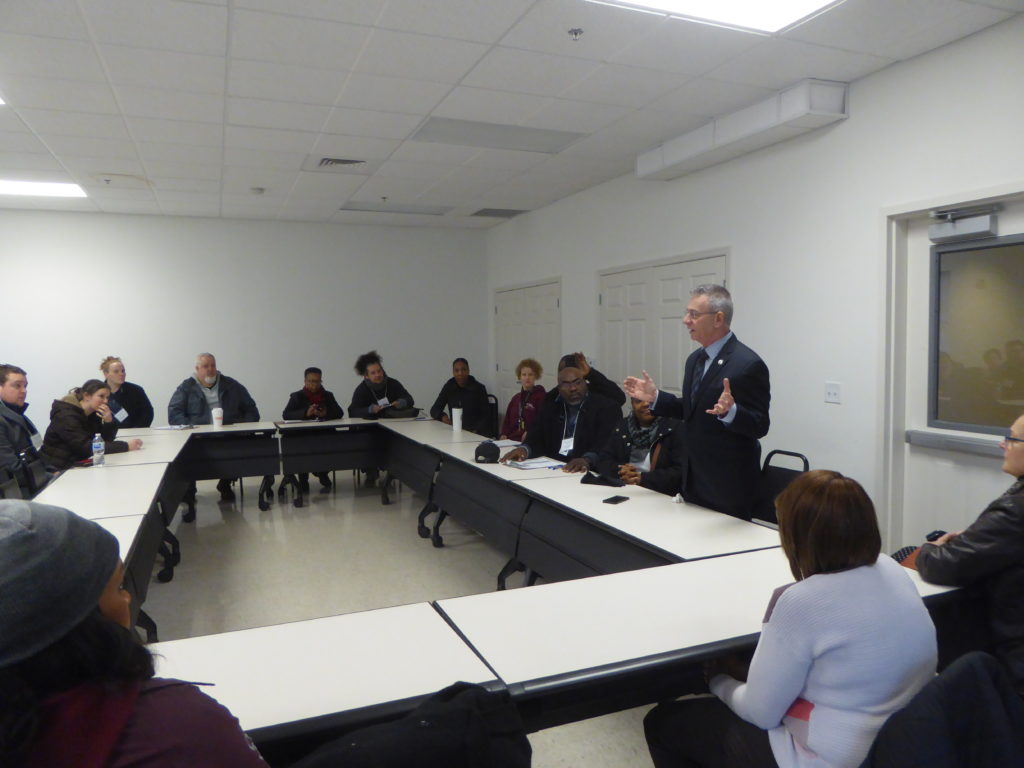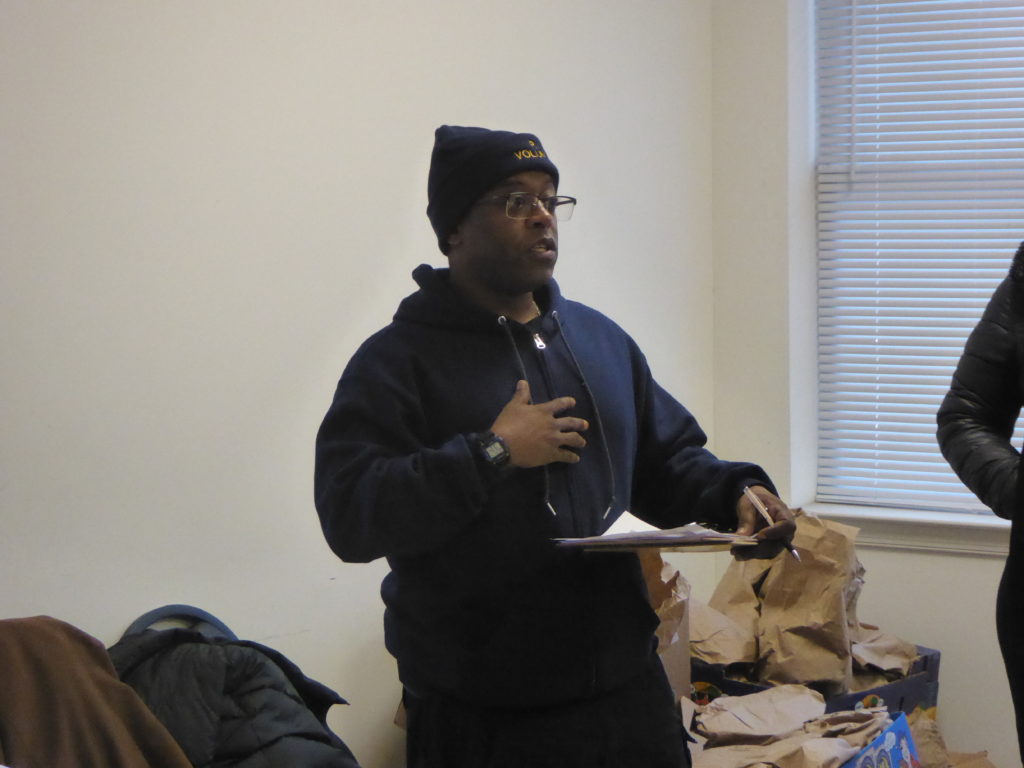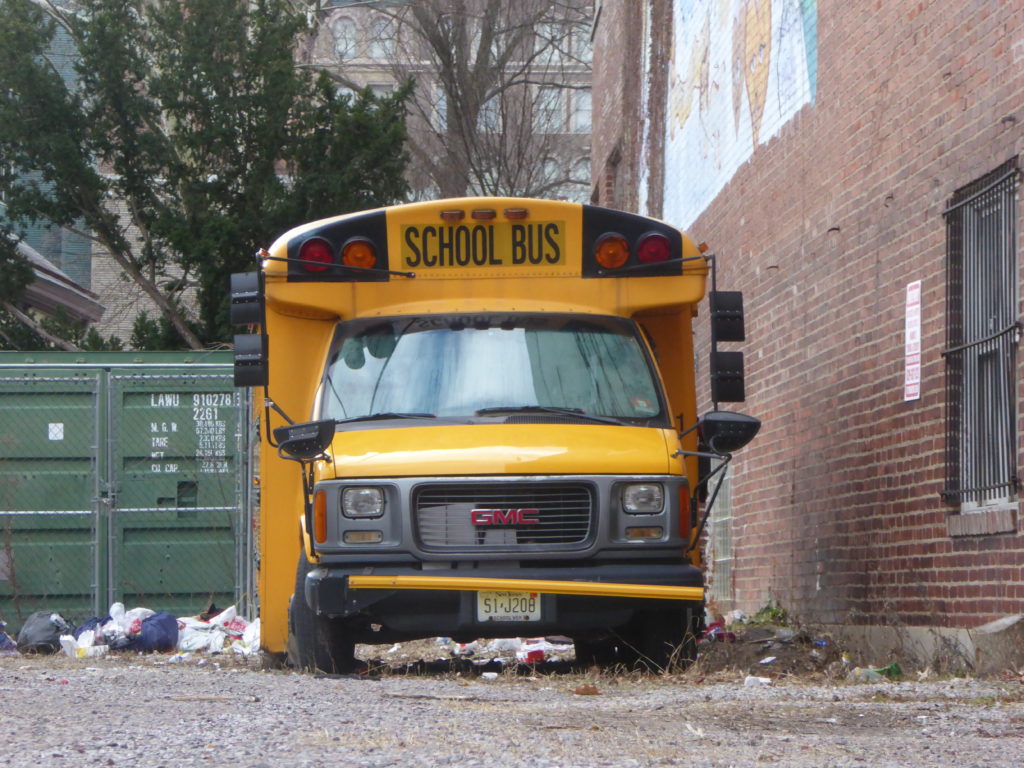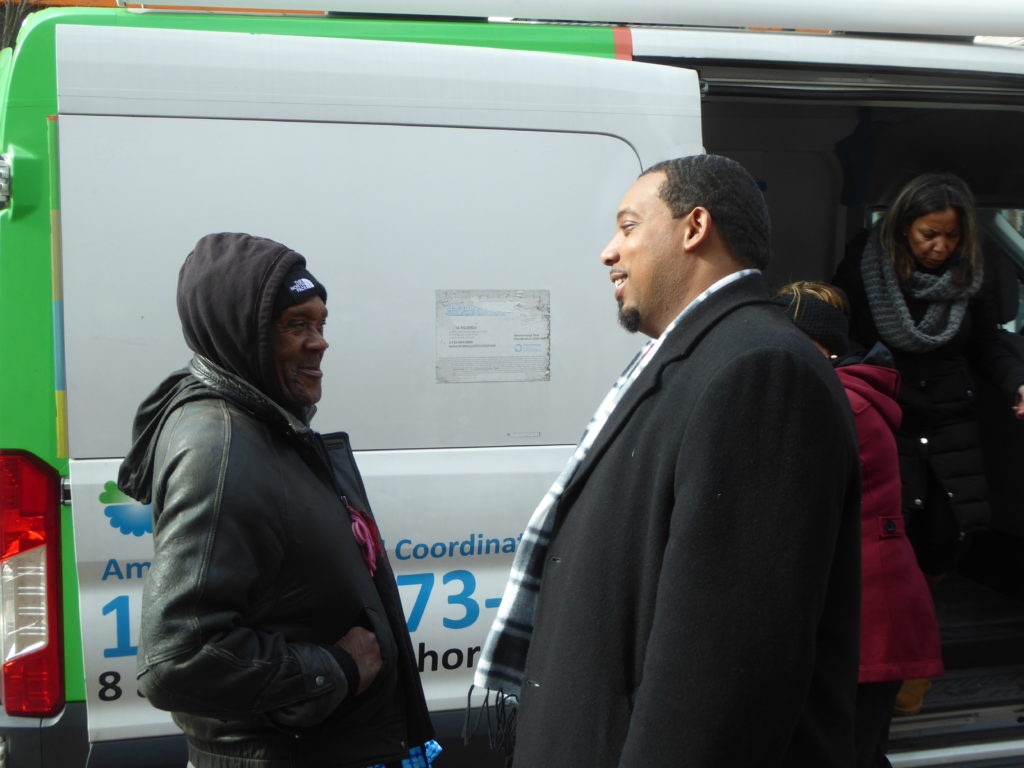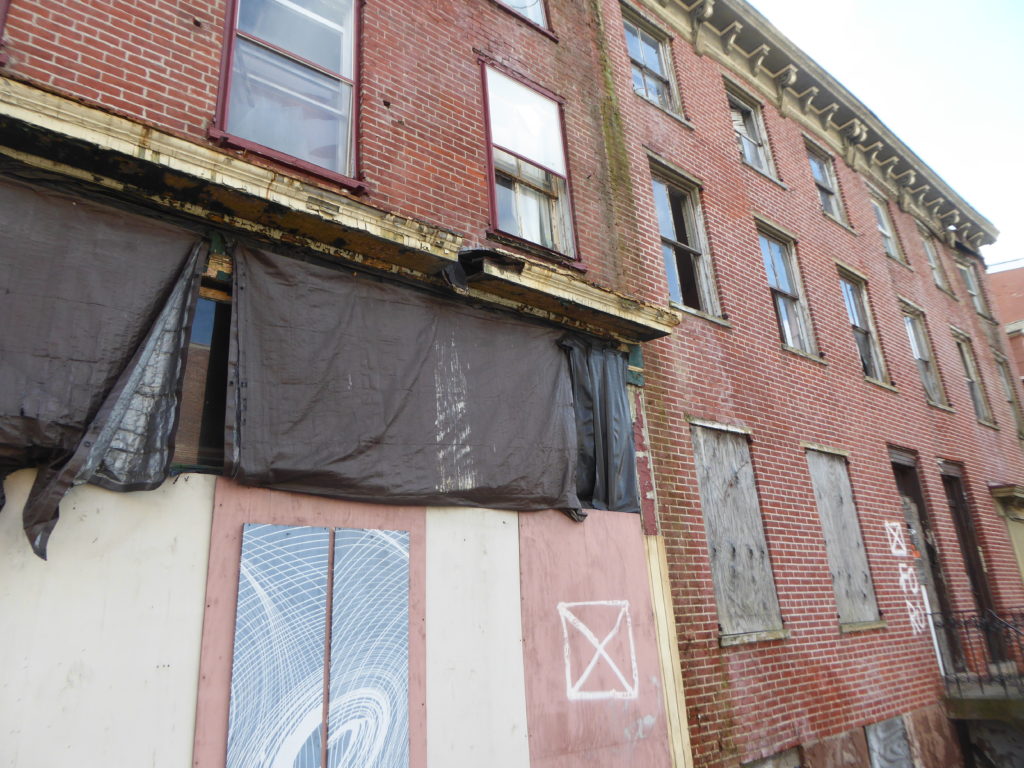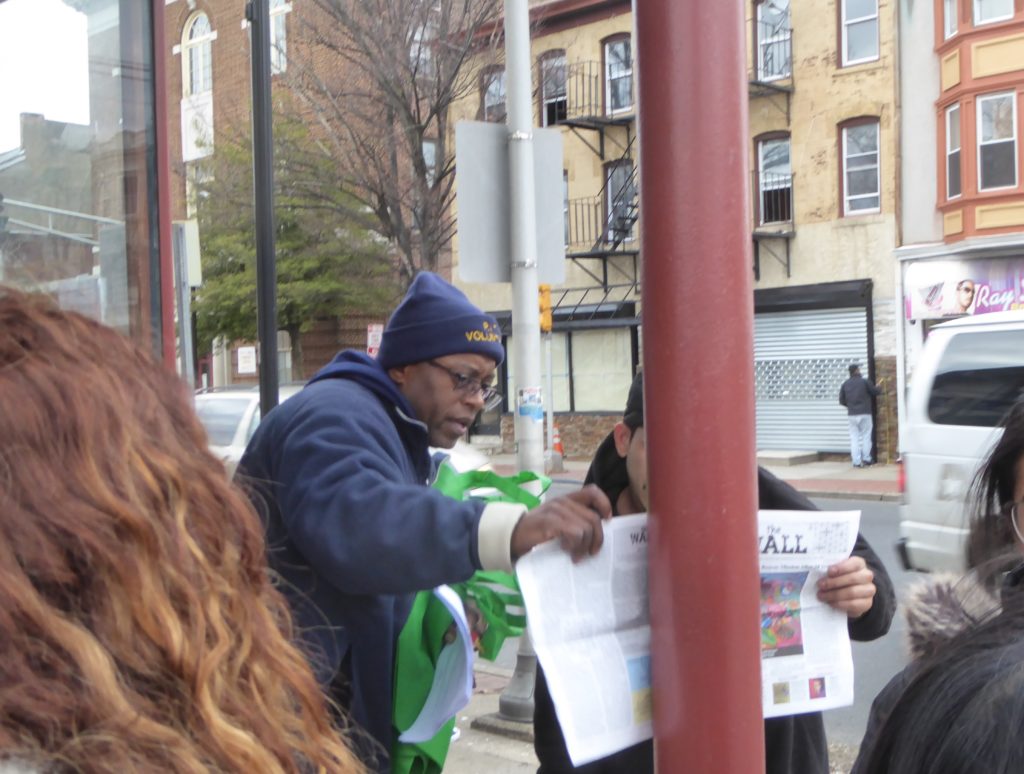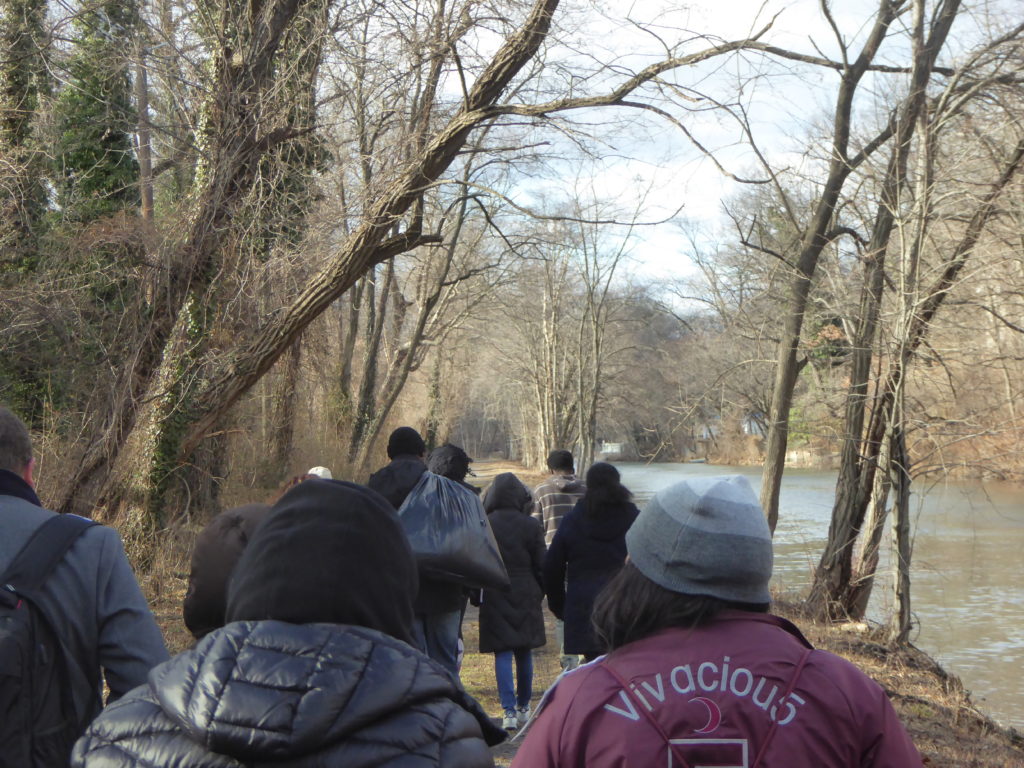By Rebecca Heath
Ever since its 1978 establishment, Trenton-based nonprofit Anchor House has strived to serve as a community safe haven for children and young adults experiencing, or at risk of, homelessness.
Though it began as just a shelter, the organization has since grown to encompass a wide range of programs and services, from trauma-informed counseling to life skills and education assistance.
To fulfill its mission of supporting more than 1,000 youth and families each year, Outreach Services Director Ben Thornton said the nonprofit relies heavily on collaborative, community efforts.
“We have to incorporate intelligent partnering,” Thornton said. “We have to bring the resources of the community together and learn to work within the community to raise awareness for youth experiencing homelessness…and to make sure that the young people themselves know where to find resources.”
Though a majority of the organization’s services are designed for local youth, Thornton said the stigma surrounding homelessness often discourages displaced young people from seeking essential resources.
In order to combat this systemic obstacle, Anchor House assembled an outreach team that aims to inform this population about “what they are experiencing and where those resources are for them to get back on the right path,” Thornton said.
For temporary housing crises, Anchor House provides a 30-day shelter placement to young people who have been removed from or have voluntarily left their homes.
The shelter, which is located on Centre Street in Trenton, lies next door to their transitional living program. This residential facility houses individuals facing homelessness who have recently entered adulthood and are no longer eligible for foster care, yet still require support as they transition to independent living.
“They all live in the same home but they have their individual rooms, and there they learn some really critical life skills,” Thornton explained. “They get therapeutic services, mental health services, and they start to basically stabilize in a program like that and start learning life skills and everything that will take them forward.”
To accommodate young adults who have outgrown the supervised living model, Anchor House launched their “Anchor Line” program, which provides each participant with their own apartment — without the burden of paying rent.
“This is where they are learning to live alone,” Thornton said. “They’re learning to incorporate those life skills, running their daily lives, and getting ready to be able to pay rent and to handle leases and work with landlords.”
At each stage of housing support, Thornton said counselors are tasked with helping their residents achieve self-sufficiency through building their support network and teaching them how to access resources within their communities.
In an effort to create a platform for their clients to provide input and share their experiences as they navigate their path to self-sufficiency, the organization established a youth advisory council in 2014. This empowering initiative offers opportunities to build leadership skills, network with other individuals facing similar struggles and invoke meaningful community change.
“This is where we give the young people in our services a chance to tell their story if they choose to,” Thornton said. “And to build community with other young people from other programs so they can understand the diversity of placements and the trajectory of where they may want to go.”

